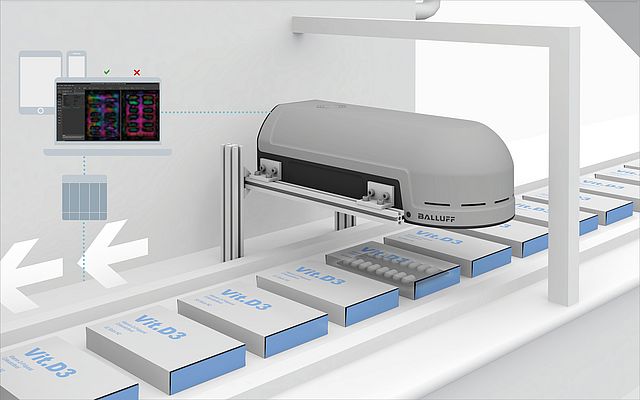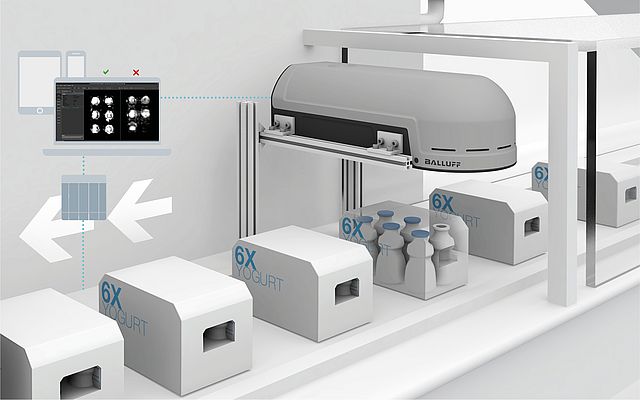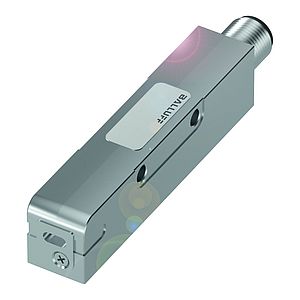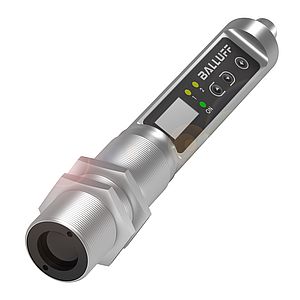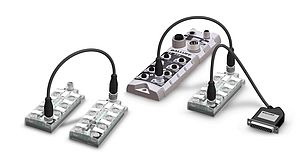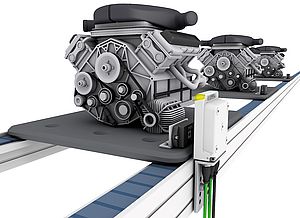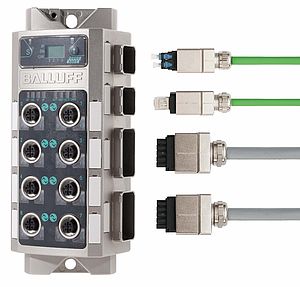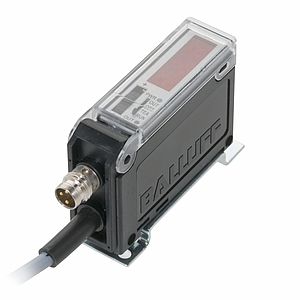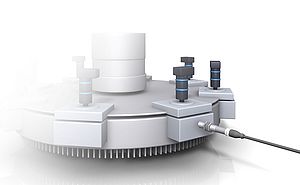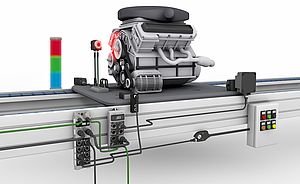Pharmaceutical products often pose high demands on packaging and logistics concepts. In 2022, the Drug Commission of German Pharmacies (AMK) received 7,182 spontaneous reports of suspected quality defects and adverse effects of drugs from 4,049 different (hospital) pharmacies. Of the 4,843 quality defects, as in previous years, packaging errors remained the most cited issue, accounting for 45% (2,80 cases), as in previous years. This underscores the need for flexible production lines incorporating 100% in-line quality control at the conclusion of the packaging process.
According to the Federal Office for Consumer Protection and Food Safety, in 2023 there were 46 reports regarding foreign objects found in food. Consequently, the food industry is focusing on preventing the entry of products that may contain foreign objects into the market.
How does radar imaging work?
Quality control in production involves the use of various technologies. These include optical systems, which are unable to see through packaging materials, conveyor systems that do not provide insights into error cases, and X-ray inspection. The latter requires expensive safety measures due to ionizing X-ray radiation and the need for a radiation protection officer. While X-ray analysis can reliably detect metals in packaging, it may not work flawlessly for glass, plastic, and wood fragments.
This is where Balluff's RadarImager comes into play. The industrial 3D imaging system, based on radar technology, scans through various types of packaging. It allows for the detection of all kinds of "hidden objects." The system checks packages for completeness, product integrity, and identification of foreign bodies, thereby elevating the quality control to a new level.
The radar sensor developed by Balluff seamlessly integrates into production, reliably scanning products and packaging. It uses non-ionizing waves in the electromagnetic spectrum between microwaves and infrared, ensuring safety for health. The compact, high-performance system allows for confident identification of errors based on the obtained results.
The sensor emits electromagnetic waves that can penetrate non-conductive products. Each material absorbs the wave energy specifically, reducing their amplitude. The additional reflection at interfaces generates time differences between the original and reflected waves.
The specialized software used translates the measured amplitude and time-of-flight differences into images. The system generates up to 10 image stacks per second, covering the entire area beneath the RadarImager. The evaluation of the image stack forms the basis of the quality inspection. Since each image has its own timestamp, precise traceability is achievable.
The data obtained in this way document identified irregularities and foreign objects or verify whether packaging is complete and intact.
The RadarImager in practice
In the frequency range used, radar beams can penetrate all dielectric materials, such as foils, cardboard, and plastics. While it can detect metals, conductive objects, and liquids, it cannot penetrate them. This allows for the detection of metallic objects or particles and the recognition of fill levels. Additionally, the sensor can capture the surface characteristics of various materials.
Due to the frequency range used, the imager can optically separate dielectric objects with a distance of a few millimeters, securely. Even when objects are closely positioned, it is possible to obtain important information at belt speeds up to 1.5 meters per seconds or 90 meters per minute. However, for the necessary precision in measurement, the RadarImager requires continuous movement of the product conveyor belt or knowledge of its position and an unobstructed view of the products undergoing inspection.
Once the sensor is set up in the production line, it requires suitable inspection software to analyze the images. If the product changes, the customer only needs to load the new “recipe.”
The advantages of radar measurements
The new robust radar sensor from Balluff, an industrial 3D imaging system, offers significant advantages. It stands out for its high accuracy and reliability, providing a wide range of configuration options. The compact sensor can be easily integrated into existing production lines using Plug & Play. The customer can then perform the calibration. It is maintenance-free and user-friendly – operating precisely and reliably even in challenging lighting conditions – and delivers optimal results even in the presence of dust, smoke, moisture, and rough surfaces without influencing the product itself.
This makes the RadarImager an attractive alternative to current technologies in use and presents completely new solutions in the field of quality control for food, pharmaceuticals, cosmetics, packaging, and logistics.



